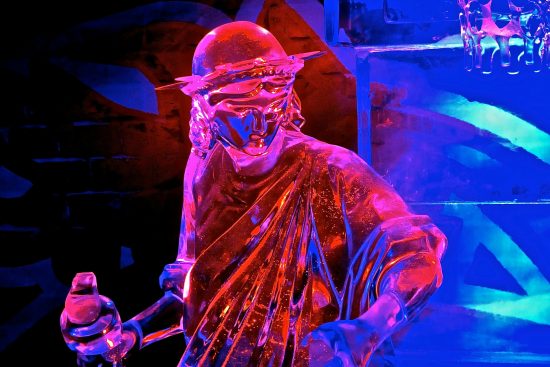
There are few celebrations in the world as vibrant, as audacious, or as flat-out fun as Mardi Gras in New Orleans. This iconic festival, renowned for its kaleidoscopic parades, flamboyant costumes, and the relentless spirit of its participants, is a cornerstone of the city’s cultural identity. Yet behind the glittering spectacle, Mardi Gras is a rich tapestry of centuries-old traditions, layered with historical significance and communal bonding. Let’s delve into the heart of this dynamic festival to unravel the story of Mardi Gras.
A Historical Lens
Mardi Gras, meaning ‘Fat Tuesday’ in French, has roots in medieval Europe. It arrived on the shores of America in 1699 with French explorers, who held a small celebration just south of what is now modern-day New Orleans. Over time, it evolved into a boisterous celebration marking the day before Lent, a period of fasting and reflection in the Christian calendar.
While Mardi Gras is celebrated in various forms worldwide, it is in New Orleans that the festival has taken on its most elaborate and energetic guise. The city’s first Mardi Gras street parade took place in 1837, and from there, it has only grown, with the introduction of floats, masked balls, and an array of local customs.
The Role of Krewes
Integral to the New Orleans Mardi Gras are the krewes—social organizations that plan and execute the parade and ball festivities. Each krewe is unique, with its own traditions, themes, and parade routes. Some of the oldest krewes include:
- The Mistick Krewe of Comus: Started in 1857, this krewe introduced torch-lit processions and thematic floats, setting the standard for future celebrations.
- The Krewe of Rex: Founded in 1872, Rex is known for its daytime parade and the tradition of crowning the ‘King of Carnival.’
- The Zulu Social Aid and Pleasure Club: Originating in 1909, Zulu was the first major krewe for African American participants. Their signature throw is a painted coconut.
Parade Traditions and Throws
What sets Mardi Gras parades apart are the “throws”—the trinkets that krewe members toss into the crowds. Each krewe has its own signature throw, ranging from beads and doubloons (aluminum coins stamped with krewe logos) to more unique items like the Zulu’s coconuts or the Muses’ decorated shoes. Here’s a list of popular throws you might catch:
- Beads: Usually made of plastic, these necklaces are perhaps the most iconic Mardi Gras throw.
- Doubloons: Collectible coins that bear the insignia of the krewe.
- Cups: Often used as collectibles, krewe cups are practical throws.
- Plush toys: Many krewes throw stuffed animals, which are a hit with kids.
The Cultural Impact

Mardi Gras goes beyond the glittering parades and extravagant balls—it’s a celebration that binds the New Orleans community together. It’s a time when social barriers fall away, and people of all backgrounds join in the citywide spectacle. The festival has become a symbol of New Orleans’ resilience and joie de vivre, capturing the city’s spirit of revelry, unity, and creativity.
The Carnival Continues
While the world may see Mardi Gras as a wild party, for the people of New Orleans, it’s a deeply ingrained tradition, a season of camaraderie, and a display of the city’s cultural dynamism. Each float built, every bead thrown, and every mask worn tells a story of a city that revels in its history, embraces its diversity, and knows how to throw one heck of a party. As the Mardi Gras saying goes, “Laissez les bon temps rouler” – let the good times roll!







